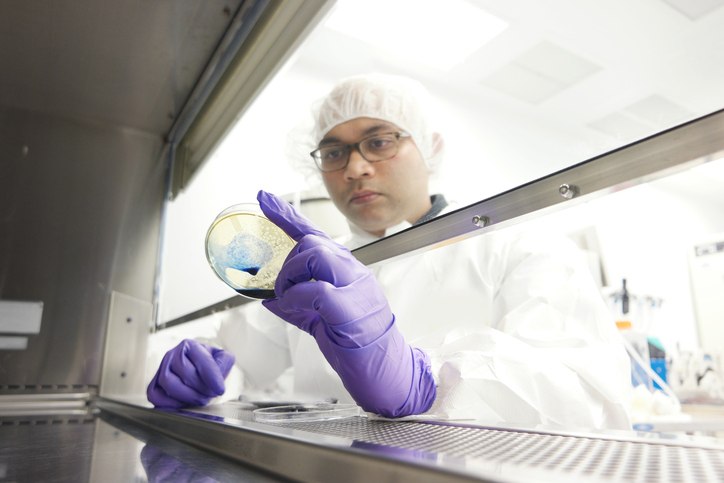An important piece of protection equipment is the Biological Safety Cabinet (BSCs) wherein manipulations of infectious microorganisms are carried out. Biological safety shelves are the number one method of containment advanced for running adequately with infectious microorganisms. Horizontal easy benches that direct in the direction of the operator are not biological safety shelves and ought to now not be used for dealing with infectious, poisonous or sensitizing materials. BSCs are designed to provide each a clean work surroundings and safety for personnel who work with biological hazards therefore biosafety cabinet’s uses vertical laminar airflow to create a barrier to airborne debris, which include microorganisms as vertical laminar air flow provides protection for each the personnel and the product.
Biosafety shelves use the HEPA filtered air for the recirculation over the work region. The HEPA filter eliminates airborne particles from the air, however does not eliminate chemical fumes; therefore Biosafety shelves have to no longer be burdened with the fume hood. Biosafety cabinets aren’t the Fume Hood. Biosafety shelves are prepared with Ultraviolet lamp that offers safety in opposition to contamination, but as the UV light can’t penetrate the dust debris, consequently another chemical disinfectant, iodophor need to be use for the cleansing and decontaminating the work location.
Use of biosafety cabinets is suggested for the manipulations of pathogens or antineoplastics which can produce aerosols and for all the airborne transmitted pathogens (such as Brucella abortus, Mycobacterium tuberculosis, and so forth).
There are three training of organic protection shelves;
BSCs Class I: an open-front poor strain cabinet. The exhaust air from the cabinet is filtered by a HEPA clear out. This magnificence offers employees and environmental safety, but no longer product protection.
